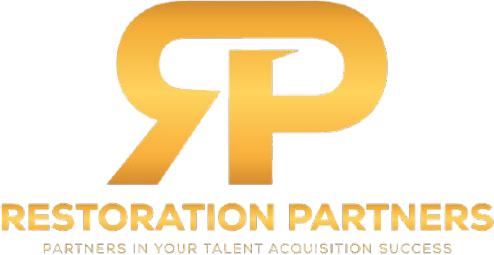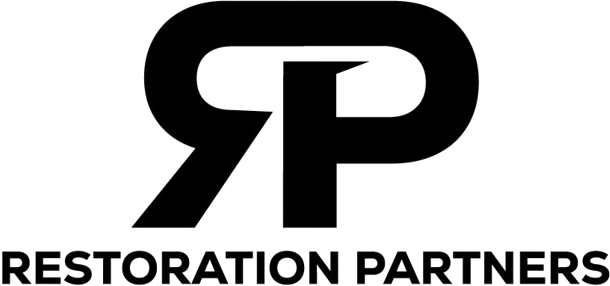After more than 20 years of working with restorers to build and develop their sales teams, it has been important to identify some of the most crucial issues that cause a sales program to ramp up and start generating revenue as fast as possible.
One of the most important issues is a paradigm shift on the part of the owner regarding the marketing and differentiation strategy that is needed; the fact that there needs to be defined sales programs and processes; and that the sales program must be supported by the entire sales organization.
Too often owners don’t understand the level of engagement and commitment that is necessary on their part, even when a company like ours is doing most of the heavy lifting. When the owner says (or thinks), “Well, they’re salespeople. They should know what to do. Get out there and bring me some jobs,” your sales plan is likely doomed to failure.
There are three core components to a successful sales program: the right salespeople, the right sales training program and the right ongoing sales management. Let’s start with the sales training program. I am going to speak about our services because there’s no way to make this generic, but this isn’t a sales pitch.
Our training program is not just a consultative sales training program, although it is that. Far more important is that the training is based on specific marketing programs that have been developed for insurance agents, plumbers, property and facility managers, adjusters, fire departments, etc.
These marketing programs are not based on the salesperson “showing up and throwing up” a bunch of features and benefits, dropping donuts, SWAG and squishy toys, which is what most of your competitors are doing. Instead, these programs are designed to address fundamental business issues that the people you want to do business with are likely to have.
These programs also rest on a marketing and differentiation strategy we co-create with you and your team, so you are not saying the same things as every other salesperson and instead, are talking to prospects about significant issues they care about solving.
The training also needs to provide specific sales processes. This means what to do, what to say, when to do it, what happens next, what a deal is and how to close it and so on. All of this must be anchored in a CRM that has been configured specifically for this purpose.
The CRM issue cannot be overstated. There is absolutely no sales management, no accountability and a much lower chance of high performing salespeople without competent use of a CRM that is designed to work hand-in glove with the sales program.
The sales training program should also include the necessary sales collateral, PPT presentations and other sales tools and how to use them.
Selling in the restoration ecosystem is amazingly complex with a lot of moving parts. The more comprehensive the training and the more well prepared the salesperson is from day one on the street, the more likely they will be successful.
This brings us to the actual salespeople. Competent salespeople are not easy to find. In fact, only about 24% of all salespeople should actually be in that role. After decades of hiring hundreds of salespeople, we have been able to narrow the art and science of hiring high-performance restoration salespeople, but it is far from a perfect science.
Bad salespeople tank a sales program fast. You need assessment tools to help you identify which candidates are likely to succeed. You need to never take the easier, faster way out and hire marginal candidates because nobody remembers that decision three months later when they have clearly failed, and the hiring process must be restarted.
When it comes to existing salespeople, the first criterion is how much revenue they are bringing in now? In my mind revenue trumps everything else because they have cracked the code. More often existing salespeople have generated some revenue, but the company is not satisfied with the amount, the pace of revenue growth, or other factors such as activity level, accountability and so on.
The point is you must recruit for the specific sales position! There needs to be a role specification to assess against and the interviewer must have a deep understanding of the restoration industry and sales programs the salesperson will be expected to execute.
As one might imagine, there is a very detailed process that has been designed to recruit new salespeople and evaluate existing ones who are likely to succeed in the sales programs.
The next aspect of your sales program is what I call, “the last mile” and that is ongoing sales management and coaching. There are two fundamental elements to sales management in my opinion.
The first is “mechanical” and deals with competent CRM usage, reporting, data entry, that the salesperson is conducting enough activities and doing so skillfully enough to move prospects through the pipeline. This part of sales management is dry as dust, but great sales managers understand how critical it is because without reliable data, there is no sales management.
The second element to sales management is sales coaching. Newly trained salespeople have digested a huge amount of new information. The statistics vary, but even with a very interactive sales training program, we know we have trained the key components of the program (because they have been demonstrated in role plays, tests, etc.) there are lots of important issues that won’t really be learned completely until they are needed in the field to address the specific situation.
Objections are a great example of this. You can read about them all you want but when a salesperson gets stopped in their tracks by one, now they are really invested in understanding how to handle that going forward!
For these reasons, sales coaching is especially important in the first few months to keep the salesperson on track, motivated and pushing hard out of their comfort zone to build a pipeline and start building their referral and client network.
The sales manager/coach will also develop a much closer relationship with the salesperson and start to understand what motivates them, what their goals are, their work style and so on. As the relationship deepens, communication is enhanced and it often happens that the salesperson sees the sales manager/coach as a mentor, helping them to accomplish what they want in life.
The main takeaway is that all three elements of a high performing sales organization, the right salespeople, the right sales training to specific and differentiated sales programs and the right ongoing sales management and coaching must be present to achieve the desired results.
As a long-time martial artist, I once met a boxer who really schooled me on how important it was for all elements of the body to work together for maximum effect. I learned this the hard way when his expertly executed jab knocked me right on my rear end.
As so it is with your sales program!
If you’d to learn how we can support your success, just shoot us an email: info@RPbyGTE.com or give us a call at: 888-237-9797.



